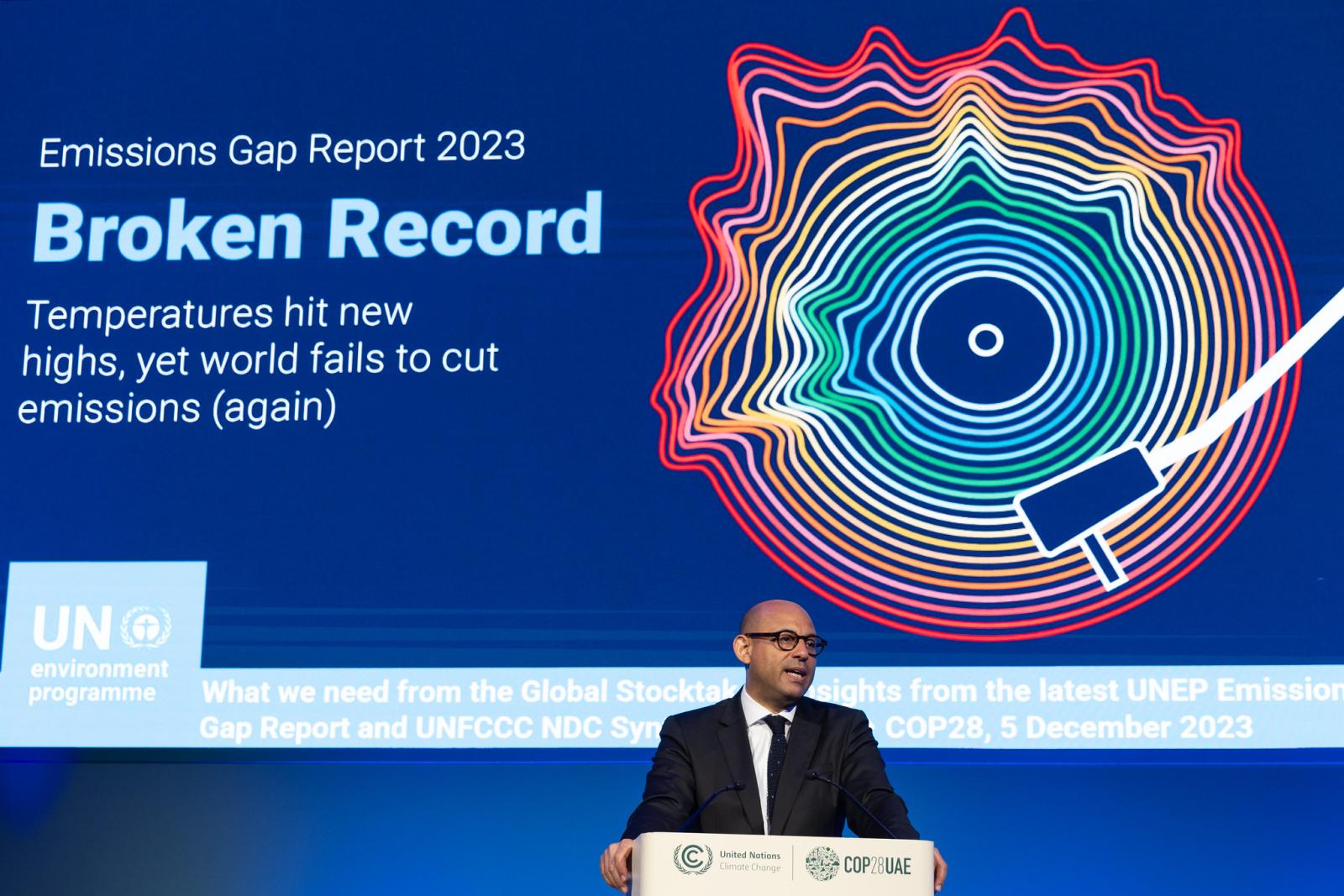Few days ago the results of the project “AGER Innovapero: process and product innovations for quality pear-farming” has been presented at the Congress Centre in Ferrara, a triennial research and experimentation activity that since 2011 has been looking for new solutions in support of Italian pear-farming. The principal goal of the project has been the development of innovative techniques for the farming, producing and preserving that allowed holding down costs and respecting environmental sustainability.
These studies counted on a three-years funding of more than 3.5 million of euros, of which 2.5 allocated by Bank Foundations - supporting, besides Innovapero, 15 other projects in favour of the Italian agro-industrial sector - within the AGER initiative (Agro-industrial and research). This experience has been really interesting.
AGER is the first cooperative project among Foundations for agro-industrial sector development supported by scientific research. Italy excels in the agro-industrial sector: we are the first European producer of rice, tobacco, fruits and vegetables; the second producer of eggs, poultry, wines and musts; the third one of sugar beet, wheat and beef. In regards to organic products, Italy has one third of all European organic farms and more than one quarter of the EU “organic” area.
AGER projects have been selected through 8 calls for proposals and 8 following grants, that involved 56 international referees from 24 countries. AGER Innovapero was among the funded proposals.
The majority of Italian pears are grown in the Emilia-Romagna region, where more than 22,000 hectare are cultivated, mostly in the area of Ferrara, Modena, Bologna and Ravenna, corresponding to about 70% of the national production.
Research lines
Over these three years, ten research activities have been carried out under the coordination of Stefano Musacchi of the Tree Crop Dept. of the University of Bologna and, more recently, of Guglielmo Costa (from the same University) in partnership with The University of Ferrara, Firenze and Padova, the CReSO, the Foundation for Agriculture Navarra and the CER of Bologna.
• Plant protection
Particular attention has been given to the development of defence strategies against the brown spot disease. This severe phytopathology attacks all the green organs of the plants, but it is particularly detrimental for the fruits, where it causes more or less extended rot. The infection, besides interesting the epidermal part of the fruit, penetrates deeply and invades the pulp, which rots almost completely. This disease is caused by the fungus Stemphylium vesicarium that during its vegetative activity produces toxic substances able to damage the skin of some pear varieties.
The first step for the AGER Innovapero researchers has been the genetic mapping of the pear varieties able to resist the brown spot disease and the Cacopsylla pyri in order to introduce these resistances in the commercial varieties. Also, they identified natural molecules extracted by agro-industrial residuals able to protect the plant from phyto-pathogens microorganisms. Over 126 vegetal extracts investigated, 26 molecules resulted bioactive and 3 showed to be effective against the brown spot disease.
Researches on Psylla highlighted that the resistance factor of some plants must be searched in the phloem. In order to contrast the Cydia pomonella - the common worm for pears and apples - the “Alt Carpò” methods has been used.
This simple but extremely effective system consists in a proper mechanic barrier the “naturally” disturbs the mating of the codling moth. Three years of research demonstrated a decrease of 70% of insecticides and 7% of fungicides, highlighting the “beneficial” effects of the nets. Automating systems for opening and closure of the nets have been developed in order to reduce labour costs and improve the management of this necessary operation.
• Irrigation, pruning, farming
Researches funded by the AGER consortium focus on environmental sustainability. On this direction, studies for improving plants irrigation have been centred on water saving and on irrigation costs reduction. Other results regarded plants architecture, the localization of reserve substances in the principal fruiting formation, which provided a series of useful indication for improving pruning. Another research line dealt with fruits ripening. It is well known that the ripening level of harvested fruits affects their quality and their shelf-life duration: too early harvested fruits do not develop their organoleptic characteristics. On this side, the Tree Crop Dept. of the University of Bologna developed and patented ilDAMeter, a portable instrument with a moderate cost.
The DAMeter measures an index that monitors the physiological modifications happening during pears ripening. Pre and post-harvesting studies confirmed that a homogeneous maturation of fruits could be obtained by means of an adequate combination of different forms of farming and rootstocks.
• Results divulgation
Another characteristic element of the Innovapero project regards the intense activity of result dissemination.
The group coordinated by Damiano Rossi of the University of Ferrara, by means of several communication platforms, promoted the obtained results among other professionals of the sector, aiming at reaching as many as possible and in the shortest time. Today, the Innovapero website displayed all the news of the project: from the visit to experimental fields, to seminars and publications on scientific journals.


